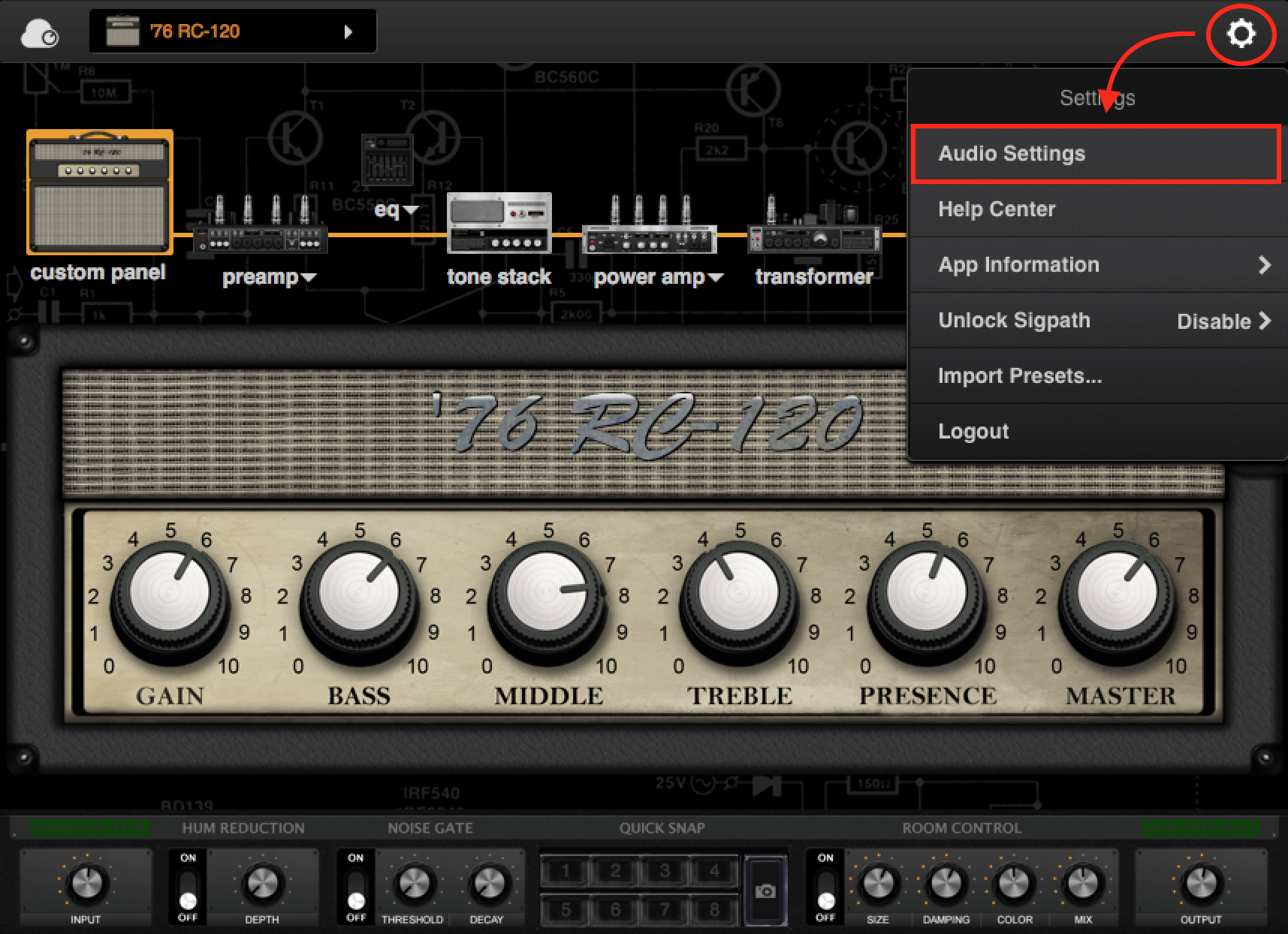In older Marshall amps from the 1960's thru the 900 series amps the bias sweep or window only has about a 20 milliamp range, so in many of these amps the final bias resistor that is in series with the trim pot has been swapped out to move the bias window up or down to accommodate a colder or hotter set of tubes. In fixed bias amps we adjust the grid voltage to set the bias. In cathode biased amps we must change the cathode resistor value to change the cathode voltage to adjust the bias. If you bias an amp too hot the power tubes can 'red plate.' The plates glow red hot from too many electrons pounding the metal plates. BIAS FX & BIAS AMP VST is the most complete amplifier and power ecosystem in the industry. Not only has it been equipped with a large selection of amplifiers, pedals and racks, it also works flawlessly with the BIAS Amp and BIAS Pedal application, so you can expand your tone with fully customizable amplifiers and pedals. Tube amps are well known for their impressive sound quality. However, they tend wearing out and subsequently, they tear out, and this usually happens within a short period. Therefore, if you know how to bias a tube amp accurately, you will reduce the chances of this happening or lessen how much it wears out.

Bias Amp Vs Bias Fx
Cathode Bias vs. Fixed Bias: What’s the difference?
The terms cathode bias and fixed bias are often used to describe amps but lots of folks are not really sure what they mean. I will briefly provide a technical explanation and then provide some bullet points of the major differences in tone, maintenance and power.
Bias Amp 1
Technical Explanation (feel free to skip ahead) :
All power tubes needs to be biased in some fashion to function. Biasing controls the amount of power a tube dissipates relative to the voltage applied to it. Without biasing a tube would just burn up. You could think of it as a train without breaks. A poorly biased tube can either be biased too cold making it sound dull and lifeless or biased too hot where the tube is destroying itself. When using the terms cathode or fixed bias we are discussing the power tubes of an amp (pre-amp tubes in instrument amps are nearly always cathode bias or grid-leak biased but that is a discussion for another time). In cathode bias a small value resistor is placed between the cathode and the ground so it develops negative voltage on the cathode thus achieving bias. As you hit a note the tube calls for more power and negative voltage on the cathode decreases briefly changing the tube's bias. This gives cathode biased amp their awesome sustain. In fixed bias a separate circuit provides negative voltage to the grid of the power tube and the cathode is simply grounded. Since the grid is negative relative to the cathode thus bias is achieved. Since the voltage applied to the grid does not change the bias is “fixed”. This is what give fixed biased amp a crisper stiffer response.
Bias Amp 2 Amp List
So what is the difference?
Cathode bias amps have more sustain and dynamics but a spongier response particularly with bass notes (more sag). Fixed Biased amps have a firmer feel but less dynamics and sustain. One thing to note is that properly set up cathode bias can be quite firm but still singing.
With all other things equal: Cathode biased amps are more easily overdriven. Fixed biased amps are cleaner.
Cathode Biased amp do not require biasing to change power tubes. Fixed biased amps require biasing to change power tubes as well as periodic bias checks to ensure they are working properly.
Cathode biased amps are less efficient than fixed bias amps. Example: a cathode bias Tweed Bassman type amp with two 6L6’s would be about 25 to 30 Watts. The same amp in fixed bias would be about 40 Watts. It is important to note that the volume difference is actually quite minimal. Many tube amps are over powered for the average users volume needs.
One thing to keep in mind is that fixed bias and cathode biased amps are often biased differently. Cathode biased amps are often bias very hot and near Class A (tube amp rarely actually meet the standard for being true class a). The idea was often to maximize power. Fixed bias amp are more usually biased cooler in class A/B. These two bias conditions sound. Many cathode bias amp will benefit from reducing the dissipation a bit by increasing the value of the cathode resistor. The tubes will last longer and the amp will sound better. Biasing should really based on what sound best rather than an attempt to maximize power.

